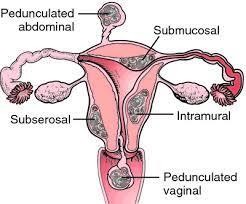A client has received vasopressin for diabetes insipidus. Which assessment finding indicates the most therapeutic response to this therapy?
Urine output has increased; specific gravity has decreased.
Urine output has increased; specific gravity has increased.
Urine output has decreased; specific gravity has decreased.
Urine output has decreased; specific gravity has increased.
The Correct Answer is D
Choice A rationale: This is a sign of worsening diabetes insipidus.
Choice B rationale: This shows signs of overhydration, as urine output is high and specific gravity is high.
Choice C rationale: This is a sign of worsening diabetes insipidus.
Choice D rationale: Vasopressin is a hormone that helps the kidneys retain water and concentrate urine. Diabetes insipidus is a condition where the body does not produce enough vasopressin or does not respond to it, resulting in excessive urination and diluted urine. The goal of vasopressin therapy is to reduce urine output and increase urine concentration, which indicates that the kidneys are functioning properly and the body is hydrated.
Nursing Test Bank
Naxlex Comprehensive Predictor Exams
Related Questions
Correct Answer is C
Explanation
Choice A rationale: These symptoms are more indicative of diabetic ketoacidosis, not hypoglycemia.
Choice B rationale: Symptoms of increased urination, thirst, and hunger are more associated with hyperglycemia, not hypoglycemia.
Choice C rationale: These are classic signs of hypoglycemia and should be described to the client for early recognition and intervention.
Choice D rationale: These symptoms can occur in hypoglycemia but are less specific compared to sweating, cold, trembling, and tachycardia.
Correct Answer is B
Explanation
Choice A rationale: Adenomas are benign tumors that originate from glandular tissue, such as the endometrium, the inner lining of the uterus.
Choice B rationale: Leiomyomas, also known as fibroids, are benign tumors that arise from the smooth muscle cells of the myometrium, the middle layer of the uterine wall. They are the most common type of uterine tumors, affecting up to 80% of women by age 50. They can cause symptoms such as heavy menstrual bleeding, pelvic pain, pressure, and infertility.
Choice C rationale: Endometriosis is a condition where endometrial tissue grows outside the uterus, causing inflammation and pain.
Choice D rationale: Adenomyosis is a condition where endometrial tissue invades the myometrium, causing enlargement and distortion of the uterus.

Whether you are a student looking to ace your exams or a practicing nurse seeking to enhance your expertise , our nursing education contents will empower you with the confidence and competence to make a difference in the lives of patients and become a respected leader in the healthcare field.
Visit Naxlex, invest in your future and unlock endless possibilities with our unparalleled nursing education contents today
Report Wrong Answer on the Current Question
Do you disagree with the answer? If yes, what is your expected answer? Explain.
Kindly be descriptive with the issue you are facing.
